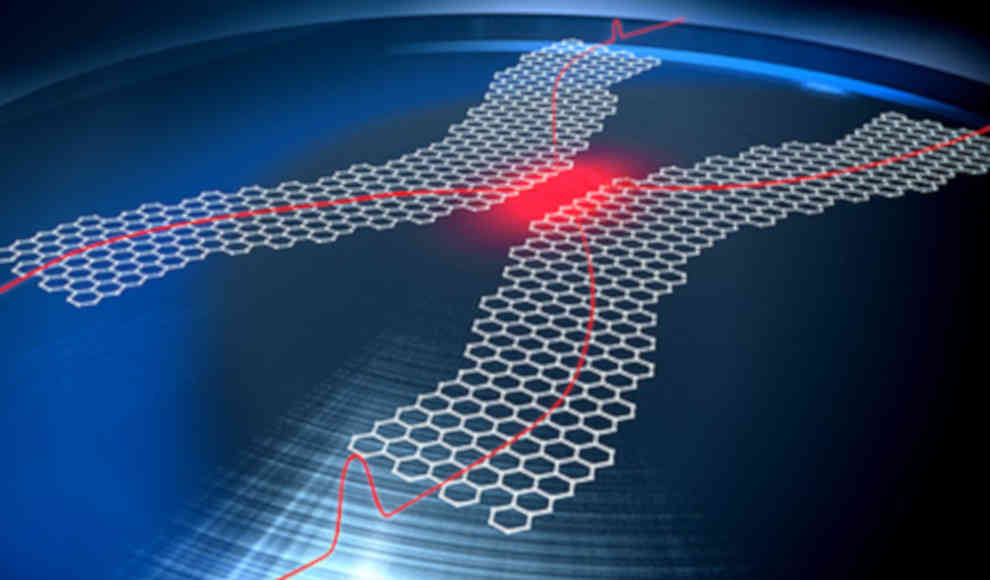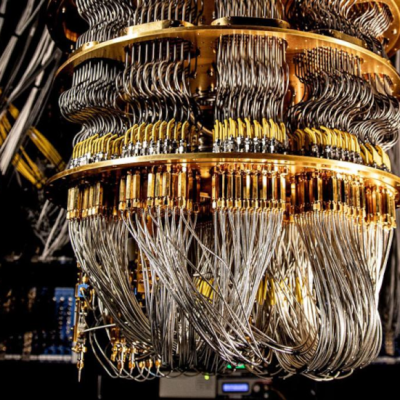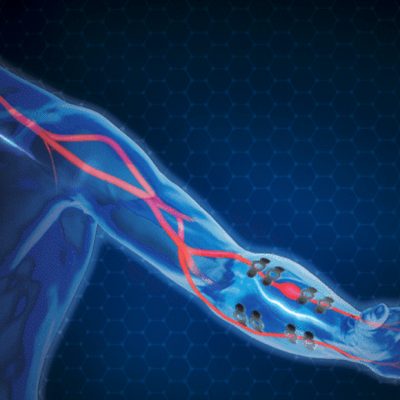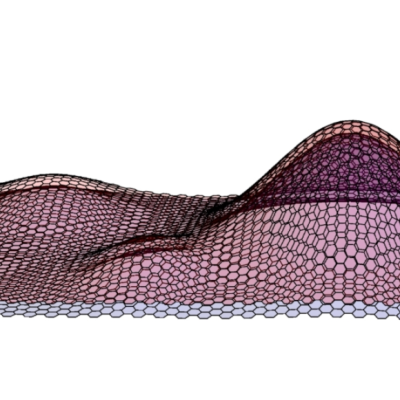Scientists at the University of Vienna have presented a concept for a quantum computer based on the wonder material graphene. The concept utilizes a special property of the material that allows for plasmons with a high lifetime. While plasmons can be generated in ordinary materials, they decay before quantum effects can occur, making them unsuitable. The Vienna physicists have described a photonic quantum computer in which quantum information is exchanged using light particles. This is expected to work particularly well because photons have little interaction with their environment, allowing quantum information to be stored and transmitted easily.
To make photonic quantum computers work, it is necessary for one photon to be able to change the state of another photon. The team led by Univ.-Prof. Dipl.-Ing. Dr. Philip Walther proposes that the information transfer of the quantum logic gate be realized through a graphene layer that is only one carbon atom thick. The interaction between the photons is amplified by the use of plasmons. Plasmons are generated when light is bound to electrons on the surface of the material. Other materials used before the graphene concept generate plasmons, but their lifetime is so short that the necessary quantum effects cannot occur. Because plasmons in graphene have a significantly longer lifetime, it is possible for two plasmons that exist independently on two graphene bands to interact through their electric fields.
Irati Alonso Calafell, the lead author of the article, explains that “our concept of the graphene quantum logic gate has shown that the strong nonlinear interaction in graphene makes it impossible for two plasmons to jump into the same band.” The next step for the scientists is to try to prove their concept, which so far only exists in theory, with currently available technologies. According to the team, their concept is also easily scalable, as it is naturally small and works at room temperature. The conditions for a quantum computer would thus be given.
In conclusion, the Vienna physicists have presented a promising concept for a photonic quantum computer based on graphene. The use of plasmons with a high lifetime is expected to enable the necessary quantum effects to occur. The team’s next step is to try to prove their concept with currently available technologies. If successful, their concept could be easily scalable and work at room temperature, making it a significant step towards the development of a quantum computer.










